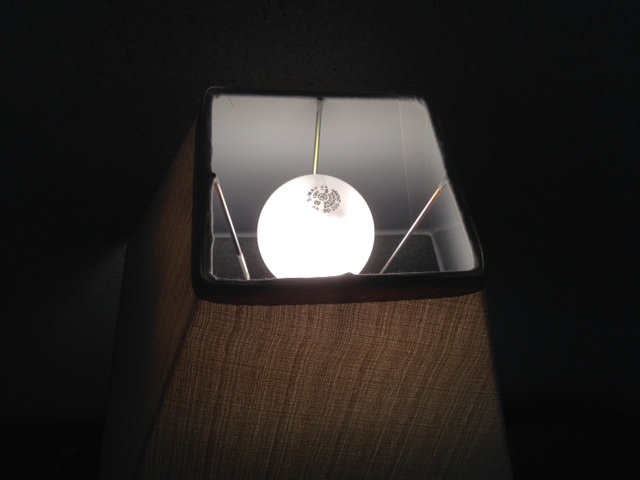AARP Hearing Center

From MIRS Residential customers would pay more and industrial customers would pay less, under a new rate structure for Consumers Energy electricity customers approved by the Michigan Public Service Commission (MPSC) Tuesday.
The MPSC action mirrored an arrangement it first approved for DTE Energy a few weeks back.
The order issued by the MPSC, as a whole, would result in a 4.4 percent decrease in electric bills for Consumers' industrial customers, a 0.3 percent decrease for commercial and secondary industrial users, and a 3.2 percent hike for residential customers.
The changes originate in part from shifting what's known as the cost allocation formula, which determines how the costs of electricity are divvied up, and ultimately, what types of customers bear those costs.
The effort to examine the cost allocation formulas for the state's two major utilities was ordered by Public Act (PA) 169 enacted last year.
The initiative originated from the idea held by some that the current cost allocation structure has resulted in the industrial and business classes subsidizing the cost of electricity for residential customers.
Consumers, like DTE in its parallel case, pushed for a different cost allocation formula, one that weighted costs entirely on the peak electric demand during the summer months.
The current structure in law allocates the cost of electricity as such: 50 percent depends on peak demand, based on the highest load on the system, 25 percent depends on energy usage during peak times, and the remaining 25 percent on total energy use.
Those allocations are referred to as the 50-25-25 method. Consumers, like DTE, pushed for a 100-0-0 method in its case.
Business groups like Association of Businesses Advocating Tariff Equity (ABATE) and the Hemlock Semiconductor Corp. backed Consumers' proposal. One of the reasons floated by ABATE was that it would better align industrial rates so as to attract business and investment to Michigan.
But a coalition of groups made up of the Michigan Environmental Council, Citizens Against Rate Excess and the Natural Resources Defense Council rejected Consumers' proposal, arguing it would mostly just benefit large industrial customers.
In the middle of this was MPSC staff, which put forth a 75-0-25 proposal. The MPSC staff said Consumers' proposal would result in the "improper subsidization of high load factor customers" by other customer classes.
These arguments were hashed out in front of an administrative law judge, who recommended the current 50-25-25 formula stay in place.
Yet the MPSC rejected the judge's proposal to stand pat, instead going with the MPSC staff's suggestion to adopt the 75-0-25 formula. The 75-0-25 formula also was adopted for DTE in its case.
Taken by itself, the change would bump Consumers' residential customer costs $27 million and decrease costs for industrial customers by $25 million, according to the MPSC order.
The MPSC approved the order in the Consumers case 2-1 today, with Commissioner Greg White filing a dissent, as he did for the DTE case.
White argued the new cost allocation structure didn't meet the requirements set out in the law, which called for modifying the formula only if it better ensured the rates are equal to the cost of service.
"The overall result of the rate design decision by the majority in this case is a massive and continuing shift of costs from industrial primary customers to residential customers, despite the mandate under Act 169 that the resulting decision must support affordable and competitive rates for all customer classes," White wrote.
Consumers said in a statement the MPSC "ruled on our request to develop new electric rates that are increasingly affordable for energy-intensive businesses."
For Consumers, the rate increases as a result of this order won't go into effect until December 1, 2015. That's because Consumers has already implemented part of a rate increase it's seeking in its general rate case before the commission, said MPSC chair John Quackenbush.































































